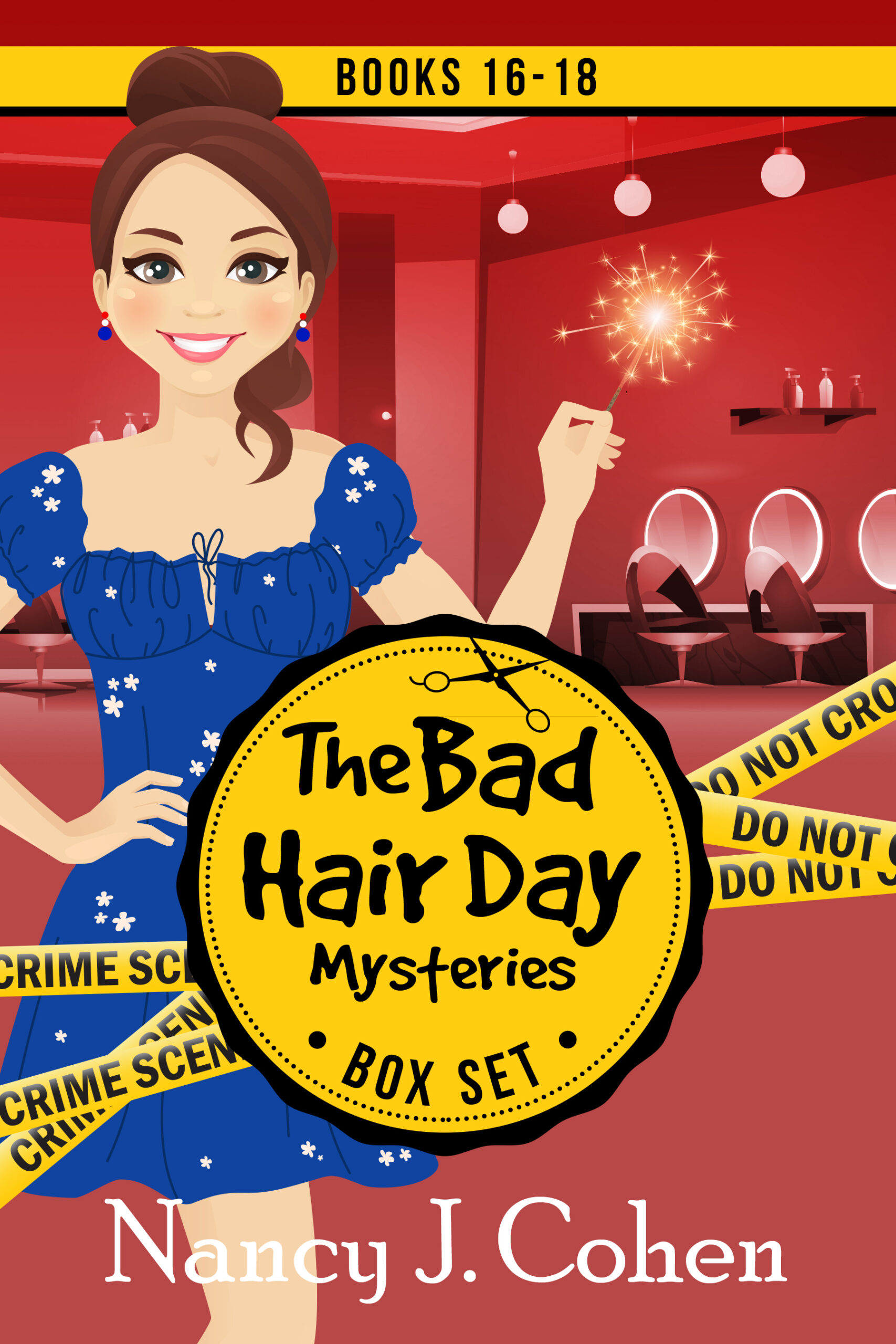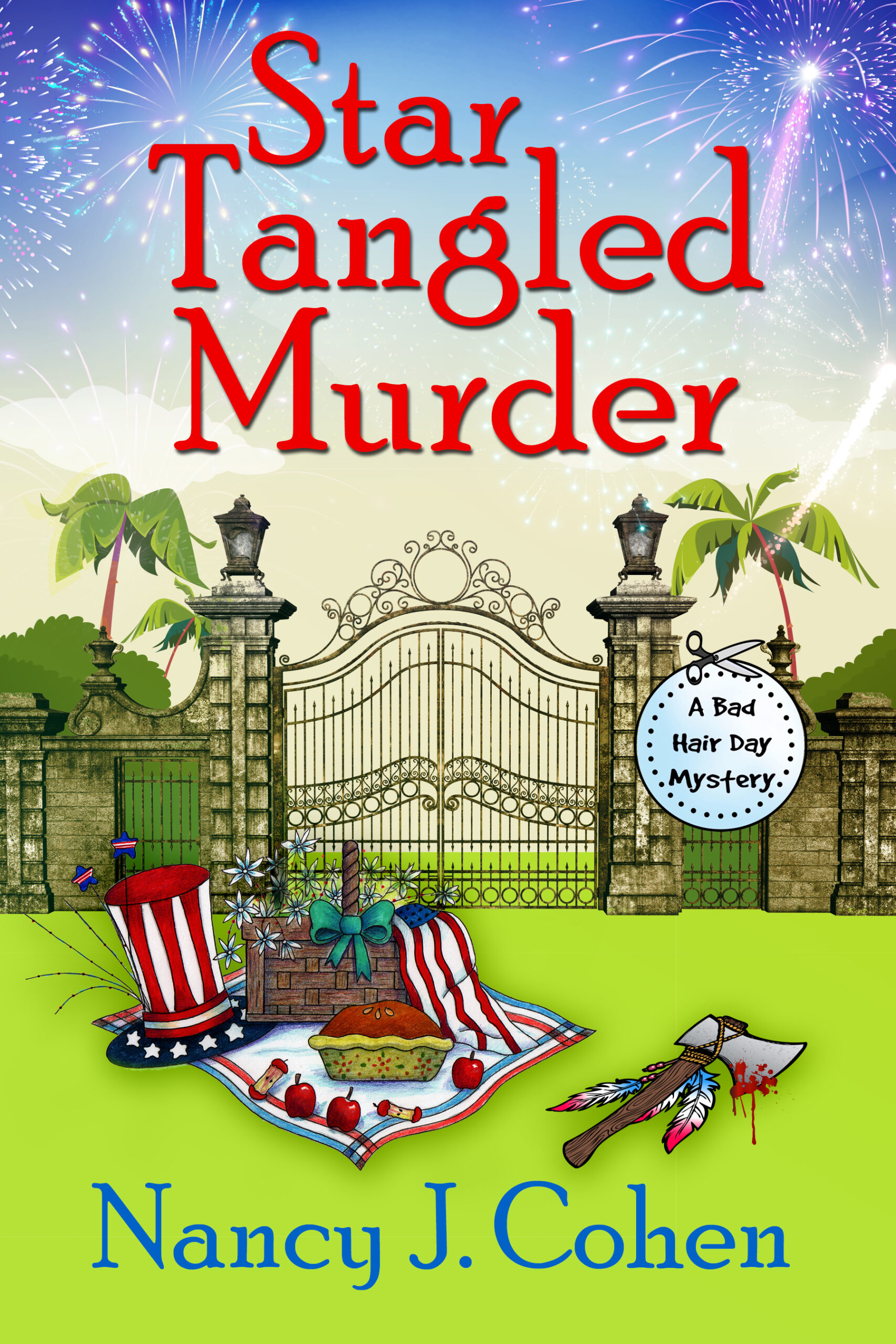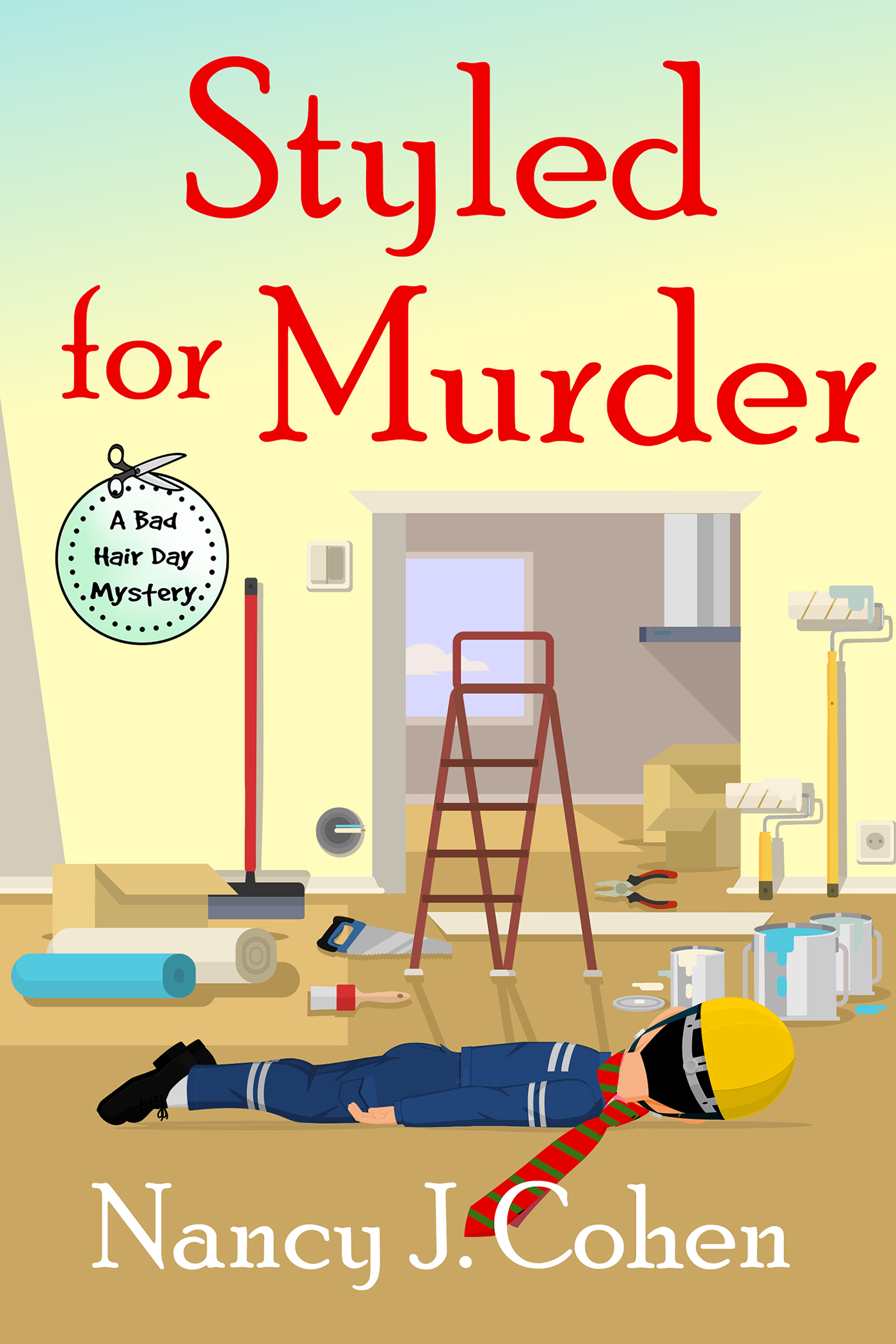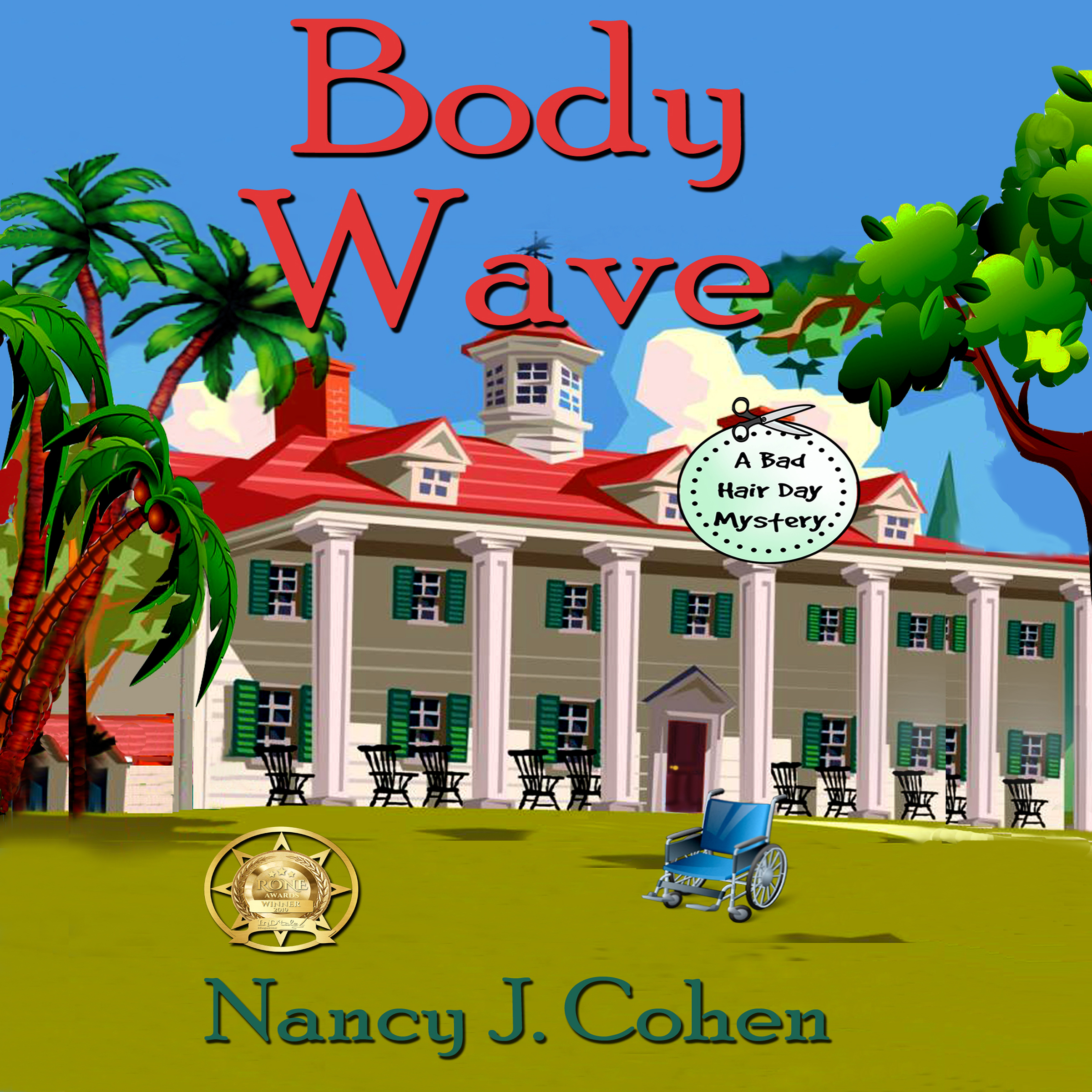When writing a mystery, it’s crucial to tie up any loose ends by the end of the story. You don’t want to leave readers hanging on what some incident or snatch of dialogue might have meant when they finish the book. There are several ways for you to keep track of these plot threads.
You might make a list of all the questions that will arise in a reader’s mind as you write the story. Or you can create this list as you do your first read-through revision. If you write a synopsis, that’s another way to keep tabs of what’s going on. Once you’ve finished the first draft, read through your synopsis and make sure you’ve resolved all the plot points. If not, fix them during the revision process.
Here’s an example of some loose ends from Easter Hair Hunt. A brief story blurb will fill you in so you can follow these questions.
When hairstylist Marla Vail attends an Easter egg hunt at historic Tremayne Manor, she’s only there to fix hair for a client, Bonnie “Blinky” Morris. But when she’s asked to comb the grounds for leftover goodies, Marla discovers more than just a few dyed eggs. The dead body in the bunny costume is definitely not having a good hare day. And Blinky seems to have disappeared down a rabbit hole.
LOOSE ENDS – Spoiler Alert!
Where is Blinky?
Why did Blinky give her costume to the dead guy?
Who stabbed the victim and why?
Where and what is the murder weapon?
What does the autopsy report say?
How did the Faberge egg end up in the grass next to the body?
Who is stealing artifacts from the house? Is the motive money or spite?
Why did Connor Tremaine deed his property to his wife and leave nothing to his son?
I write a synopsis up front as a writing guide. I’ve just gone through the one for Styled for Murder, my next Bad Hair Day mystery, to make sure it matches the story changes I made along the way. Whoops. It appears I’ve left too very obvious loose ends and forgot all about them. One factor is part of the killer’s confession, and another relates to a subplot with a secondary character.
Re the subplot, I left a hint in a conversation but have no idea what it meant. I can’t find an explanation for this statement anywhere in my character profiles or plotting notes. Do I eliminate this snatch of dialogue, or do I come up with a reasonable explanation? I chose to leave it in and explain what this character meant later on. That’s what I get for not keeping better track of each detail. I didn’t keep my list of loose ends for this story like I usually do, and that would have helped. All is not lost, though. I can write them out during my next revision pass to make sure everything is solved.
This is also why a story needs multiple views. We need to make sure all the questions have been answered by the end. Even our editors and beta readers sometimes miss things that our fans will point out later.
Tying Up those Pesky Loose Ends #amwriting #writetip Share on XDo you have lapses like this? How do you catch them?
GIVEAWAY
Enter Here Aug 1-18 to win a free book from Booklover’s Bench cozy mystery authors
2 thoughts on “Tying Up Those Pesky Loose Ends”
Comments are closed.

























I TRY to write my story questions/loose end material on sticky notes on a white board, and when they’ve been addressed, I take them off.
Good idea, Terry! That must lead to a lot of sticky notes!